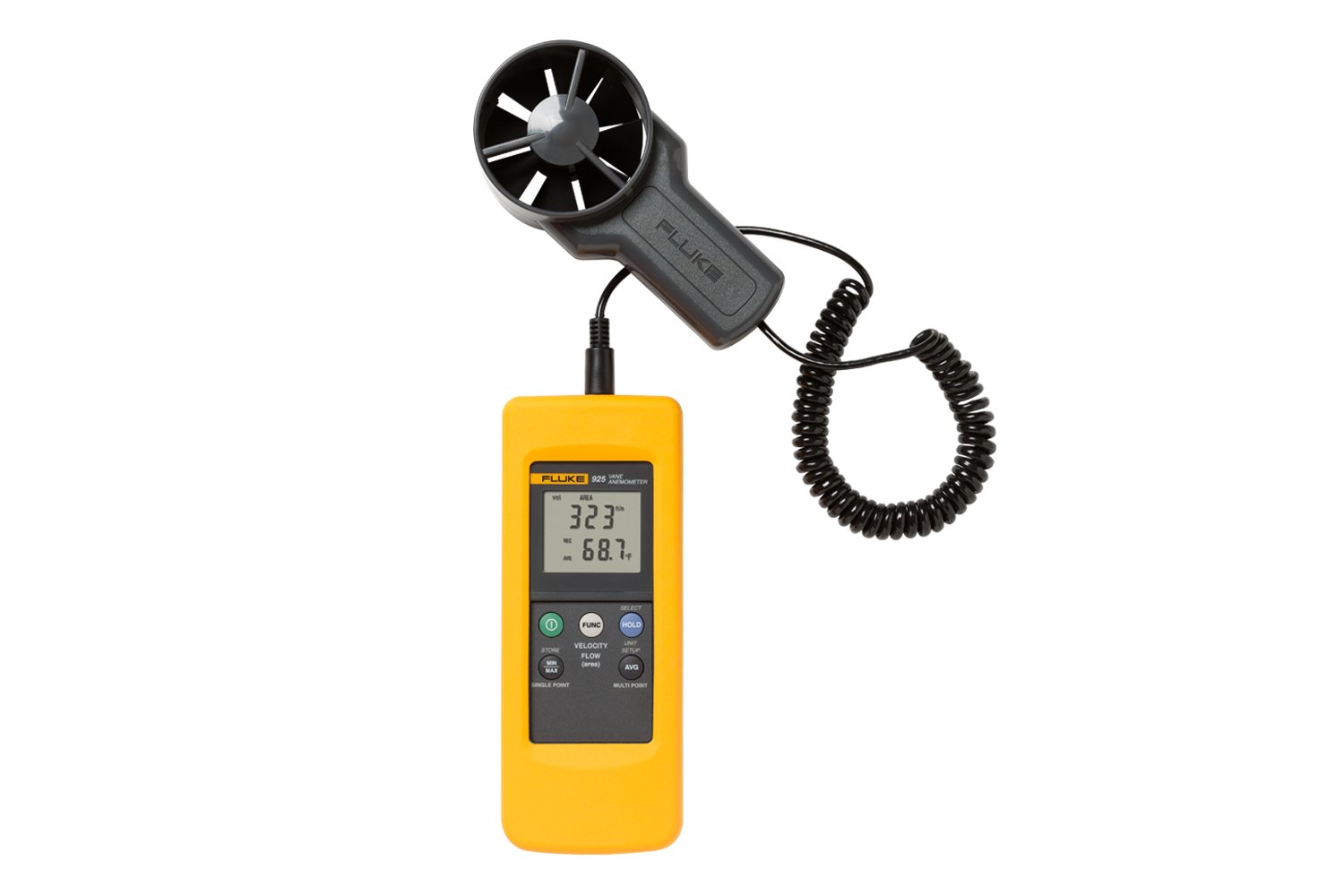The Function of an Anemometer in Improving Safety for Outdoor Activities
The Function of an Anemometer in Improving Safety for Outdoor Activities
Blog Article
All You Need to Know About Anemometers: Just How They Work, Why They Issue, and Where to Make use of Them
Anemometers, though commonly overlooked in the world of scientific tools, play an essential function in various areas, using beneficial understandings right into wind rate and airflow patterns. As we dive right into the details of anemometer modern technology, we will uncover the internal functions of these tools, their value, and the essential considerations when selecting the ideal anemometer for certain applications.

Anemometer Essentials
A vital tool utilized to determine wind speed and direction, the anemometer plays an essential role in weather forecasting and various markets. An anemometer generally is composed of 3 or 4 cups that rotate in the wind, a vane that points right into the wind, and sensing units to track the movements or turnings.
There are various types of anemometers available, consisting of cup anemometers, vane anemometers, hot-wire anemometers, and sonic anemometers, each with its one-of-a-kind attributes and applications. Cup anemometers are frequently used for standard wind speed dimensions, while vane anemometers are chosen for directional measurements.
Concepts of Anemometer Procedure
Building on the foundational understanding of anemometer fundamentals, the concepts of anemometer procedure illuminate the technicians behind wind speed and instructions dimensions. Anemometers operate the principle of airflow impacting a sensing unit, creating it to rotate. Mug anemometers, for example, have 3 or more cups that record the wind, triggering them to spin quicker as the wind speed boosts. The rotation speed is after that converted right into a wind speed measurement. Vane anemometers, on the other hand, use a tail or a probe that straightens itself with the wind direction, supplying a dimension of wind direction based on the orientation of the sensing unit. Hot-wire anemometers rely upon a heated wire that cools down as wind overlooks it, with the rate of cooling determining the wind rate. Ultrasonic anemometers procedure wind rate and instructions by examining the time it considers ultrasonic signals to travel between transducers. Understanding these concepts is essential for dependable and accurate wind dimensions in different applications.
Importance of Anemometers
The value of anemometers in weather forecasting and numerous markets can not be overstated. Anemometers play an important role in determining wind speed and instructions, offering important information for weather projecting, environment research studies, ecological monitoring, and aeronautics operations. Meteorologists depend on anemometers to gather exact wind data, aiding them understand weather condition patterns, forecast tornados, and concern prompt warnings to the public. In sectors such as building, farming, sustainable energy, and maritime procedures, anemometers are utilized to enhance procedures, make sure safety, and boost performance. For instance, wind ranch operators make use of anemometers to assess wind conditions and maximize power production from wind turbines. In the maritime sector, anemometers help ship navigation by offering real-time wind details to captains, aiding them make educated decisions to ensure risk-free trips. Generally, anemometers are essential devices that add substantially to security, effectiveness, and informed decision-making in weather forecasting and a wide variety of markets.
Applications Throughout Various Industries
Applications of anemometers cover across diverse sectors, showcasing their versatility and energy beyond meteorology. In the renewable resource field, anemometers play a critical duty in evaluating wind conditions for wind farm positionings, making certain ideal power manufacturing. Industries like building and mining utilize anemometers to keep an eye on wind rates, critical for safety methods, right here particularly when operating at elevations or in open-pit mines where strong winds can posture risks. Anemometers are additionally indispensable in the air travel sector, aiding pilots in comprehending airspeed and wind direction for secure take-offs and landings. The maritime field gain from anemometers for ship navigating, helping sailors prepare for weather adjustments and adjust paths as necessary. In agriculture, anemometers assist farmers in managing plant splashing by supplying real-time data on wind speed to prevent drift. Furthermore, anemometers discover applications in cooling and heating systems to enhance air flow and boost power effectiveness in buildings. The diverse usage situations of anemometers emphasize their importance across various sectors, highlighting their important duty in improving operational security and effectiveness (anemometer).

Picking the Right Anemometer for Your Needs
Choosing the ideal anemometer tailored to your details requirements is vital for acquiring exact wind rate and instructions measurements. When choosing an anemometer, consider factors such as the desired application, called for dimension array, ecological problems, and wanted attributes. For basic objectives, a cup anemometer is suitable for measuring wind speed, while a vane anemometer provides wind direction information. Hot-wire anemometers are perfect for this low airspeed measurements, and ultrasonic anemometers provide high accuracy and durability.

Verdict
In final thought, anemometers play a critical role in determining wind rate and direction throughout various industries. It is crucial to take into consideration the relevance of anemometers in order to make informed decisions when selecting the most appropriate tool for determining wind problems.
There are numerous types of anemometers available, including mug anemometers, vane anemometers, hot-wire anemometers, and sonic anemometers, each with its unique functions and applications. Cup check over here anemometers are generally used for basic wind speed dimensions, while vane anemometers are favored for directional dimensions. Hot-wire anemometers are suitable for low airspeeds, and sonic anemometers are excellent for high-precision dimensions in research study and commercial setups.Building on the foundational understanding of anemometer basics, the concepts of anemometer operation illuminate the auto mechanics behind wind rate and instructions measurements. For basic purposes, a cup anemometer is suitable for measuring wind rate, while a vane anemometer gives wind direction information.
Report this page